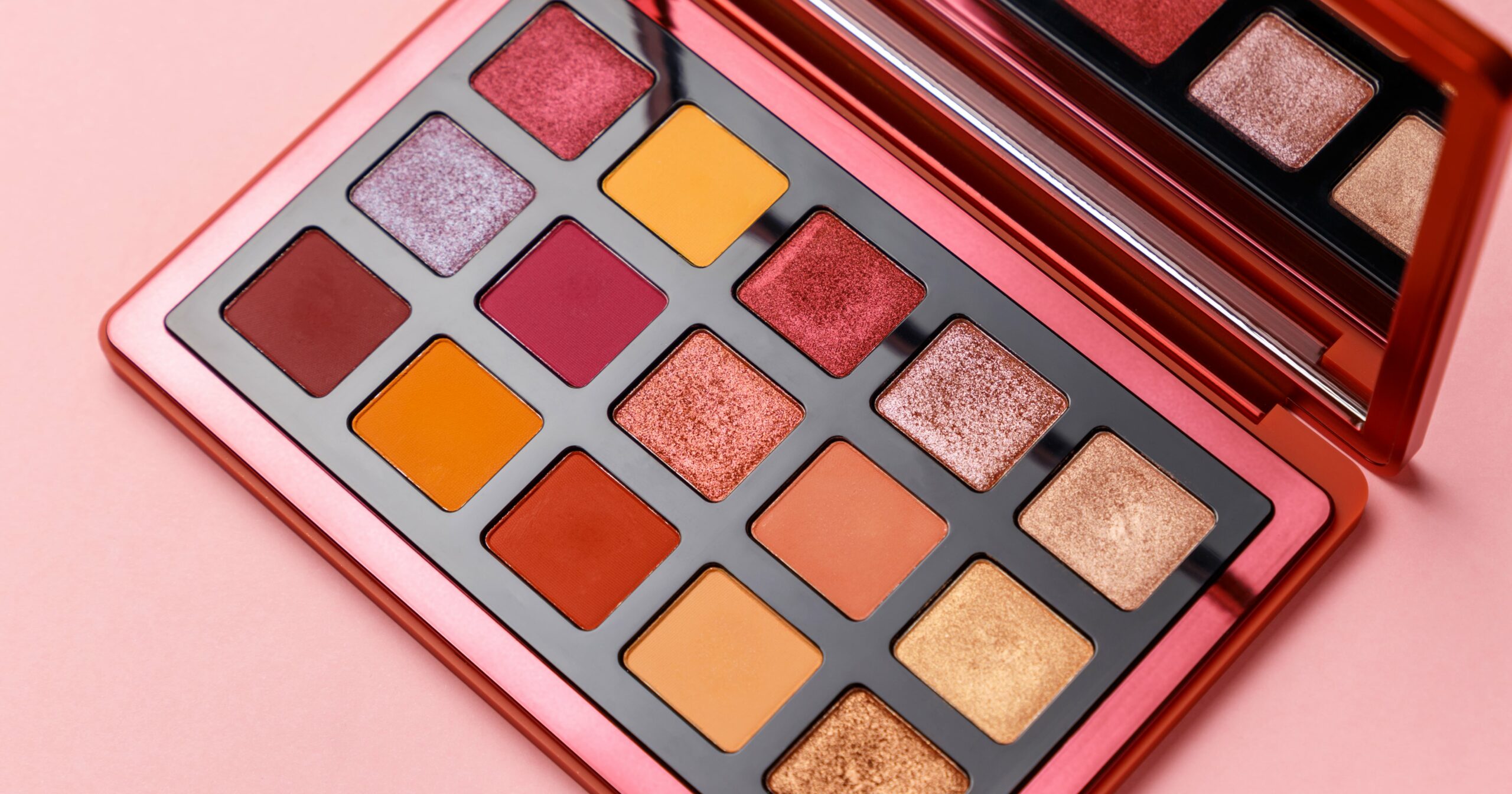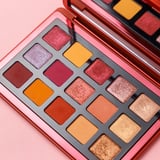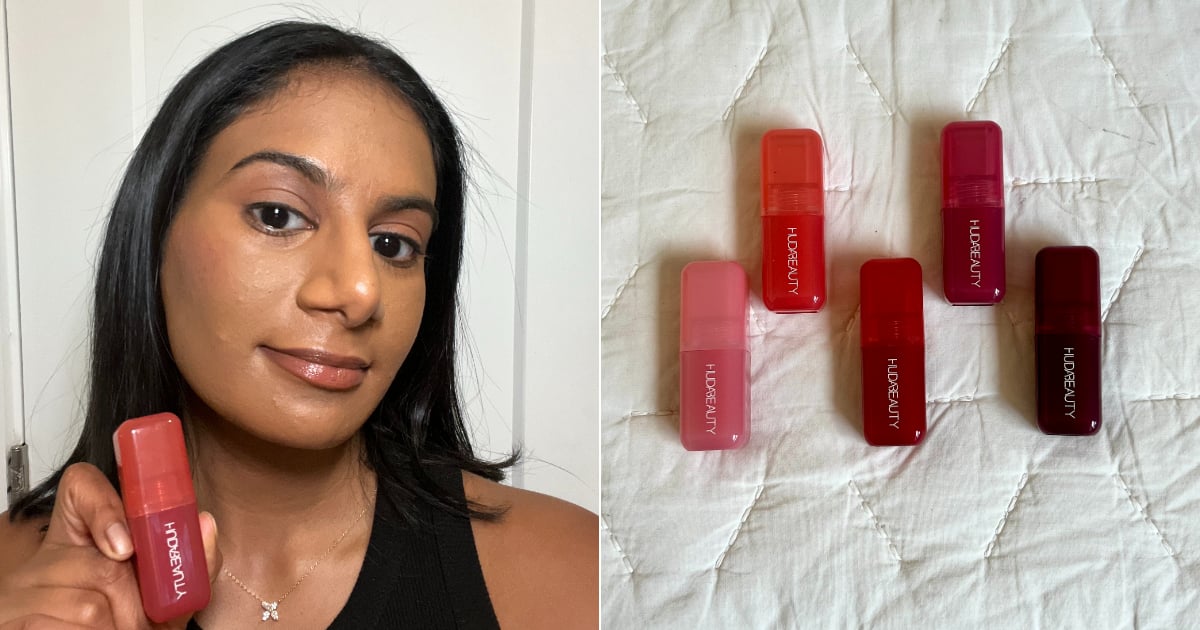Image Source: Getty
As a beauty enthusiast, you may own a bit (or a lot) more makeup than the average person. Despite loving all of your items just the same, you likely don’t go through every product in your collection regularly (because who has time for that?). That said, you may want to start, because some users on TikTok are unexpectedly finding mold in their makeup palettes.
From highlighters with black mold to eyeshadows with fuzzy white spots that developed out of nowhere, people are rightfully confused about how their powder products went bad. So, what’s the deal?
“Products like eyeshadow can grow mold,” Nicole Pozniak, a cosmetics chemist at KKT Labs, tells POPSUGAR. “There are many factors that can affect mold growth, such as moisture, expiration dates, dirty applicators, and warm environments.” To help us further understand how this happens and what to do about it, Pozniak breaks down common best practices for beauty products, as well as what to do if you see mold on your makeup.
Why Does Mold Grow on Eyeshadow?
Where you store your makeup matters – a dark, cool, and dry place is key. “Mold grows and thrives in wet conditions,” Pozniak says. “A humid environment, such as a bathroom, is a source of moisture that could facilitate the growth of the fungus.”
Preservatives are used in cosmetics to prevent the growth of bacteria and mold, so don’t hang on to products that are expired. “Items past the date of expiration may have compromised preservative systems, which can promote contamination,” Pozniak says. “Dirty makeup applicators can also expose our makeup to bacteria and fungus, so it’s important to make sure that you clean your makeup sponges and brushes regularly.”
How to Recognize Mold in Your Eyeshadow Palette
Sometimes, signs of mold are more overt and hard to miss; it can look like black or white splotches in or around the perimeter of your makeup. Still, it’s important to make note of some of the more subtle signs as well. “Look out for small changes in the texture and appearance of your eyeshadows and powder products, unusual odors, and inconsistencies in product application,” Pozniak says. This means that if your eyeshadow that was perfectly pigmented when you first bought it suddenly isn’t working as well, give it a healthy side-eye.
Additionally, mold spores can be microscopic and hard to see, so scraping any traces of mold off your impacted product is a big no-no. “Although you may not be able to see it any longer, the fungal growth has still spread, and the product is considered contaminated,” Pozniak says. Using visibly expired makeup can lead to problems such as eye infections and allergic reactions. Don’t risk your health by trying to hold on to an old product, trust us.




